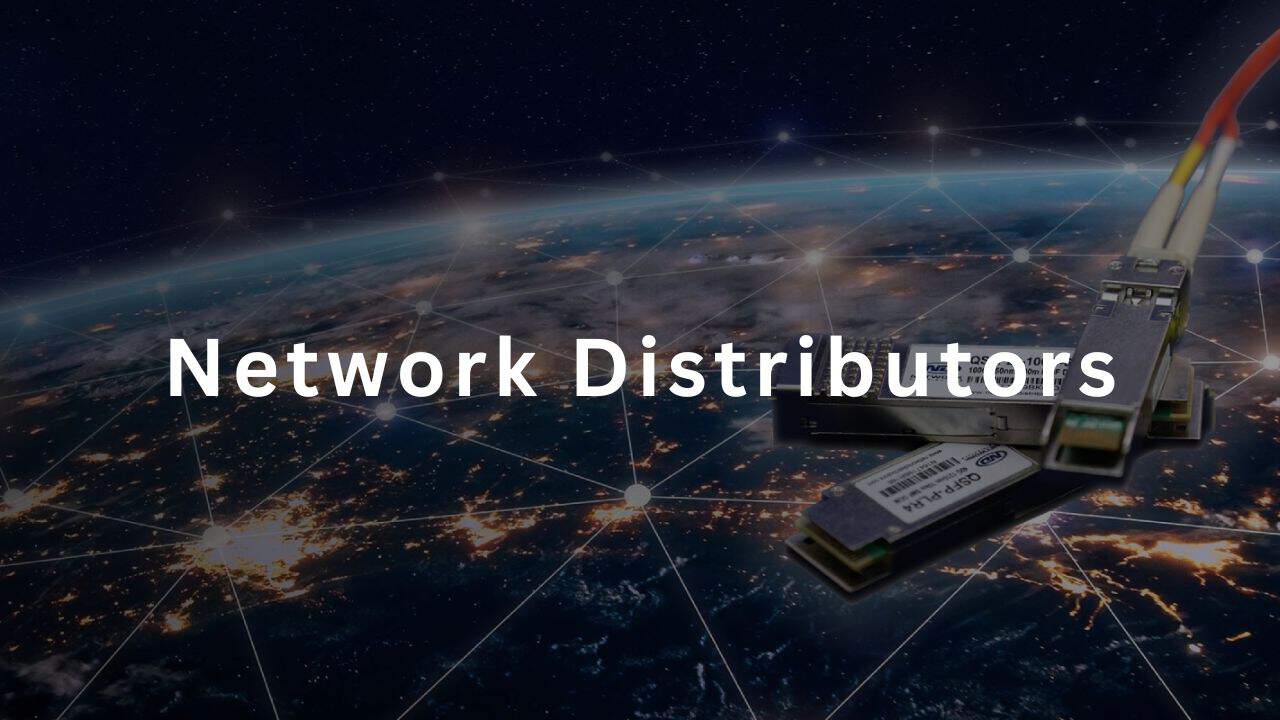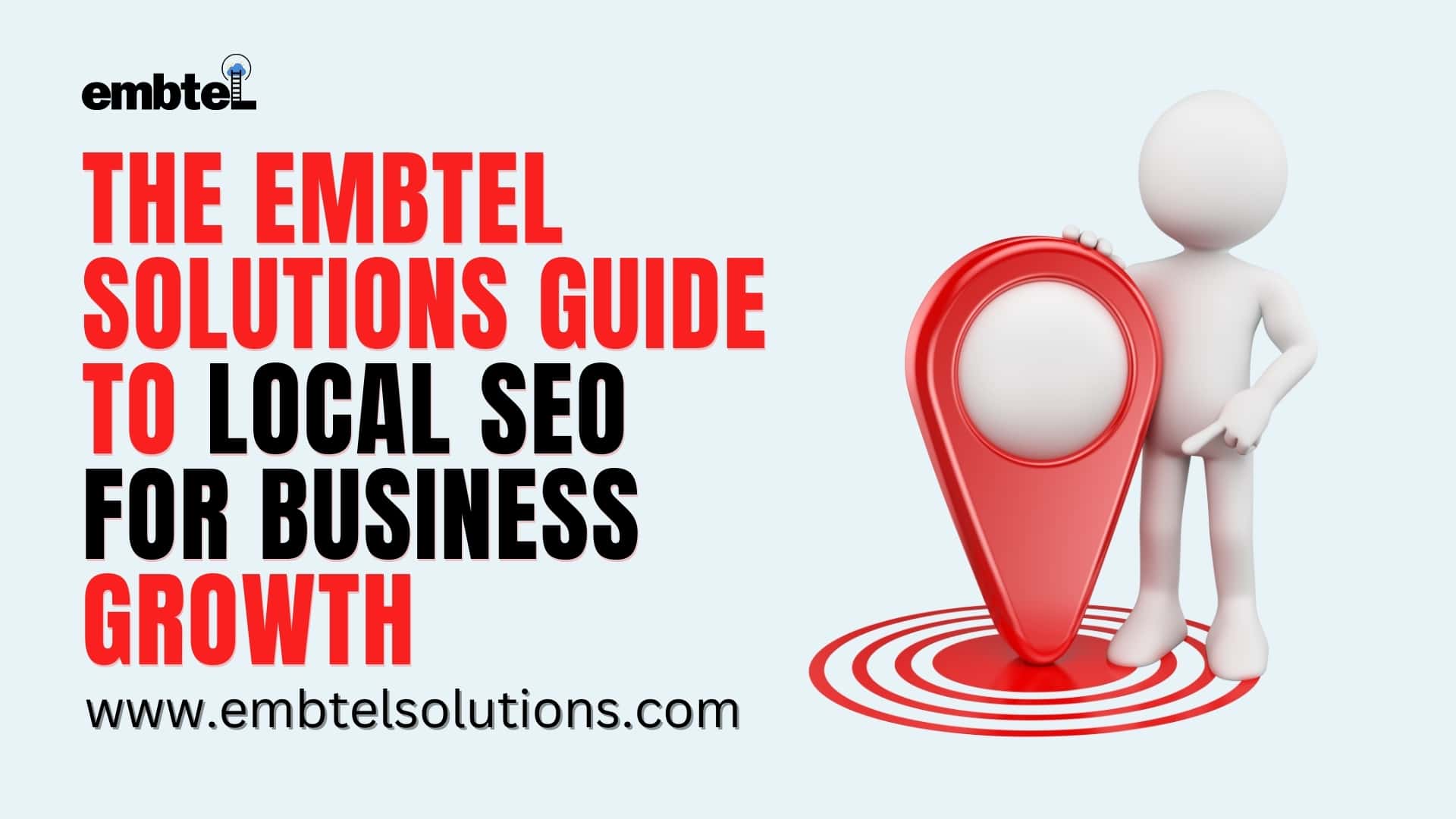


Welcome to Embtel Solutions - Your Gateway to Success! Are you a local business owner in the USA looking to establish and grow your business? Look no further! Embtel Solutions is your one-stop destination for comprehensive and tailor-made solutions that will take your business to new heights.
Drive Your Business Forward With Embtel Solution Today!” Find Out More
OUR SOLUTIONSGet Our Customized Services That Can Take Your Business to New Heights!
Accounting Solutions
Expert accounting, bookkeeping, tax preparation, payroll, and consulting services for U.S. businesses, ensuring compliance and precision.
View MoreBusiness Formation
Comprehensive support for U.S. business establishment, expansion, legal compliance, and operational execution with Embtel Solutions.
View MoreDigital Solutions
Empowering local businesses in the USA with web design, development, and digital marketing to ensure growth and success.
View MoreImmigration Solutions
Comprehensive immigration consultations for relocation, green cards, and visas in the USA, personalized to ensure a seamless process.
View MoreMarketing Solutions
Comprehensive marketing solutions with Google, Facebook, LinkedIn, Instagram, and TikTok Ads tailored for US small to medium businesses.
View MoreStaffing Solutions
Specializing in connecting US businesses with top-tier talent through strategic staffing and personalized recruitment solutions.
View MoreSuccess Stories Discover inspiring success stories of businesses transformed by Embtel Solutions - where innovation, strategy, and growth converge for unparalleled success.
Success StoriesWhat Our Clients Are Saying

A 5 Star Review.
This is really a 5 star review. With thousands of pages, and legacy issues, rebuilding our website was a particularly complex project. Additionally, for several years it had over one million annual visitors…

Highly Recommended.
Fenil has the patience, encouraged and enhanced creativity, managed to always helpfully explain the process of building our website through the year. Our clients are very impressed with the new site.

Top Notch Support.
When working with Embtel solutions you can relax and know you will get excellent service. His vast knowledge and experience about website designing made my husband’s web page beyond our expectations.
Take Your Business to the Next Level
Find the best Solutions for Businesses That Are Driven by Success.
















